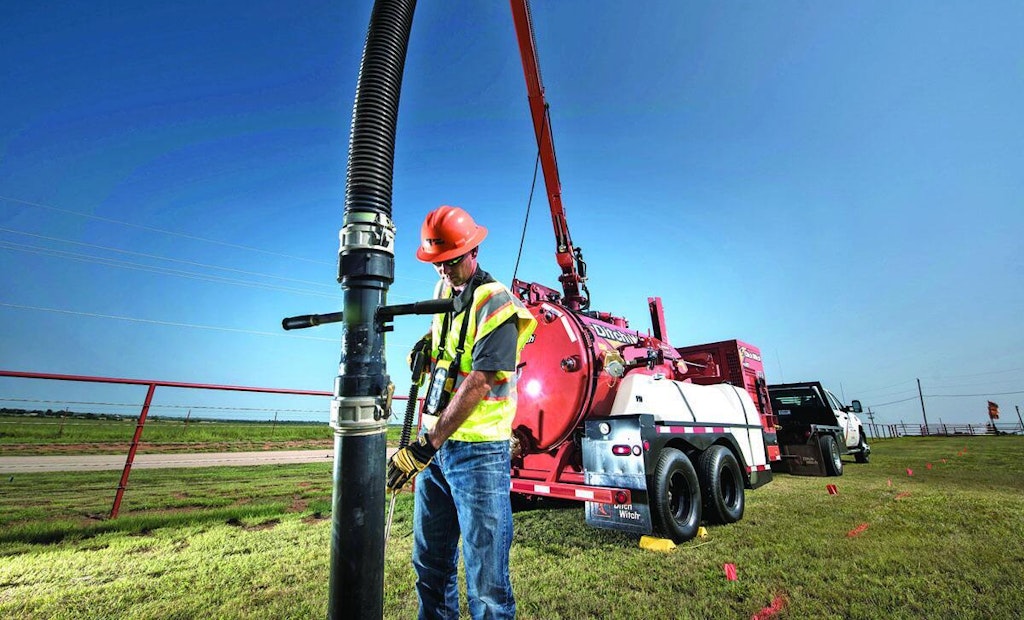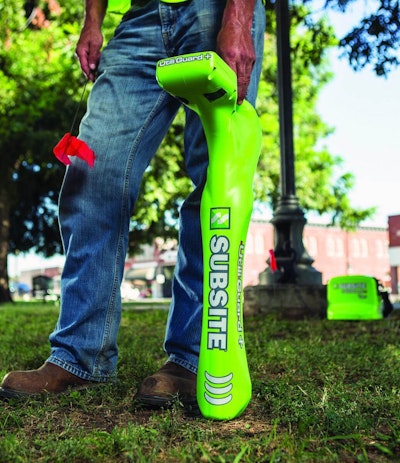
Vacuum excavation has become a go-to method for many for locating and avoiding damage of underground utilities. (Photos courtesy of Ditch Witch)
Today’s job sites are becoming increasingly more complex and congested. With a plethora of underground interferences, properly locating a job site is the most effective way for contractors to stay safe and successful. So, whose job is it? As the industry has evolved, damage...






